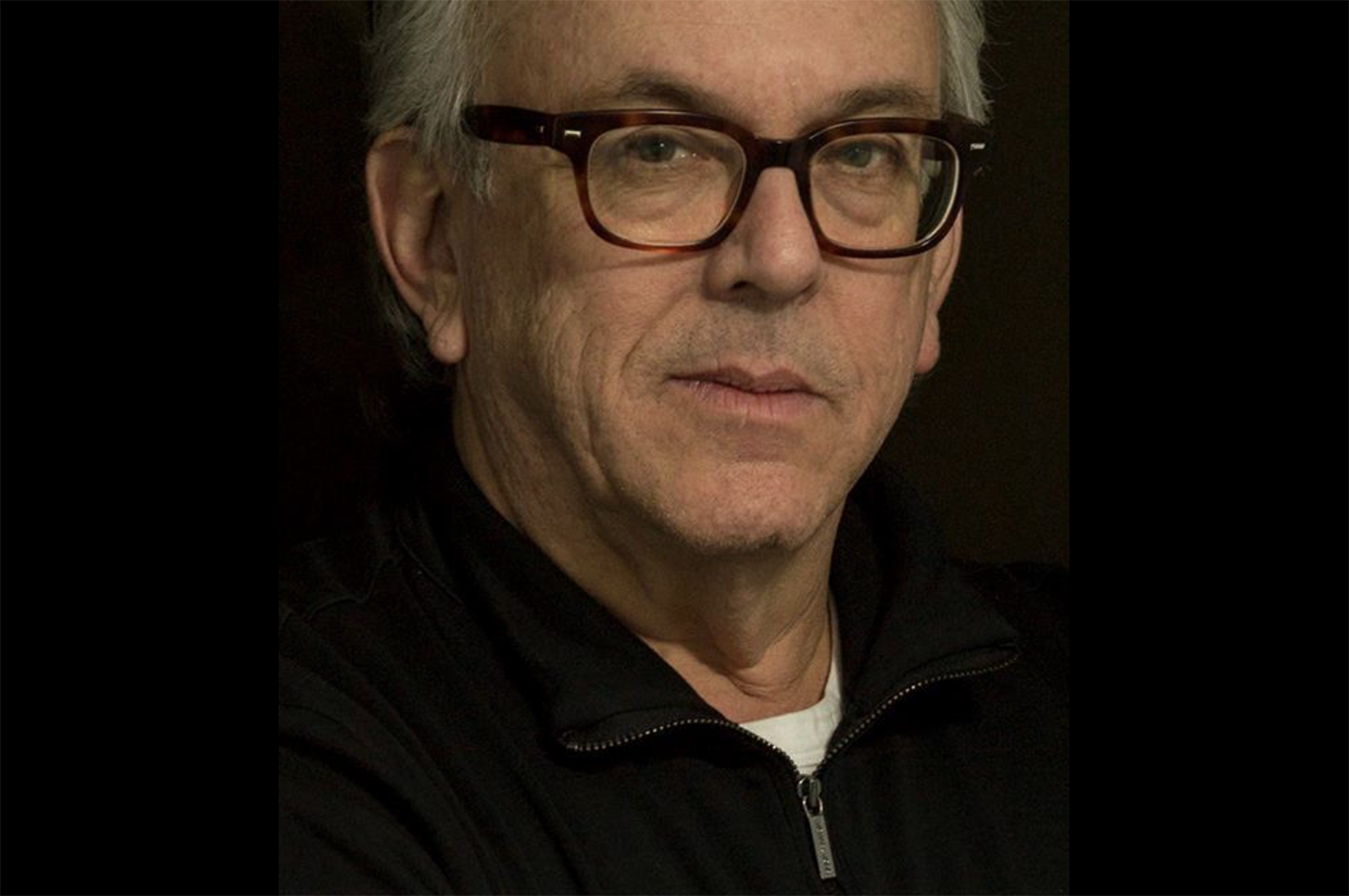Where did you grow up and how has your background influenced you today?
“I was raised in Decatur, Alabama by parents who had survived Auschwitz, and though Alabama and Auschwitz are polar opposites, those two experiences had a profound effect on who I became.”
What is your most memorable only-at-GW moment?
“As part of a nationwide strike against Nixon’s April 30th, 1970 expansion of the war in Vietnam into neighboring Cambodia, I joined other residents of Welling Hall and dozens of protestors and marched to the block on Virginia Avenue in front of the then Howard Johnson’s. After being surrounded by officers from the Metropolitan Police Department’s Civil Disobedience Unit, we were tear-gassed and ordered to disperse.
The four students killed at Kent State University on May 4th of that year fueled campus eruptions nationwide, and being a witness to this thrilling yet terrifying moment in history was a lesson for that kid from Alabama. A year of increasing awareness of the unbridled power of institutions to dictate societal norms coalesced in an instant, perhaps superseding every class I took that year.”
Tell us about your current professional role and why it excites you.
“In May it will be fifty years since I graduated GW and also fifty years since I started my career as a commercial photographer. Through GW, I was introduced to my first job in photography at the Smithsonian, and I still wake up every day grateful for that opportunity. Not a day goes by where I fail to recognize my good fortune to have spent all these years practicing something that many aspire to but few succeed at. My first book — Sweet Noise: Love in Wartime — was published by Damiani in 2019, and is now in development as a traveling exhibition. Additionally, I am also in production to mount an exhibition featuring my early work in DC. So things have really come full circle.”
What accomplishment are you most proud of personally or professionally and why?
“I am most proud of my two daughters who have become accomplished professionals in their chosen fields; my almost fifty year marriage to Nina Mason (another graduate of GW) and the sheer joy of spending every day in her brilliant company; and my book that tells the story of my parents' lives before, during, and after the Holocaust.”
Was there a standout course, professor, or organization from your time as a student that inspired your career path?
“A.E. Claeyssens, who taught American Literature and creative writing, had unquestionably the most dynamic presence of any professor. There was rarely an empty seat in any of his classes, and his ability to add drama and theatrical flourish to even the most banal passages from a book, a play, or this student's feeble attempts at depth or poetry was a singular experience to witness. His teachings still inform the writing I do today.”
Is there anything else you’d like to share?
“I was able to benefit from access to classes at the Corcoran School of Art as part of the consortium of colleges during my years at GW, so I was especially heartened when the university came to the rescue of the Corcoran and incorporated much of it to the benefit of both students and the larger community of artists in DC.”


